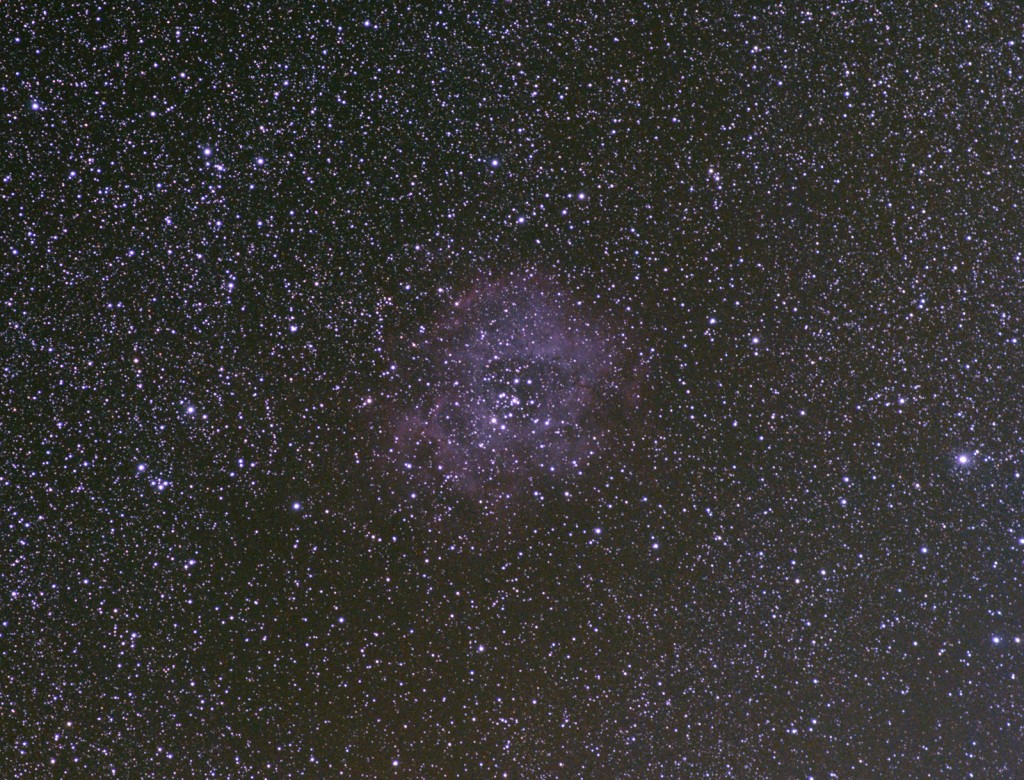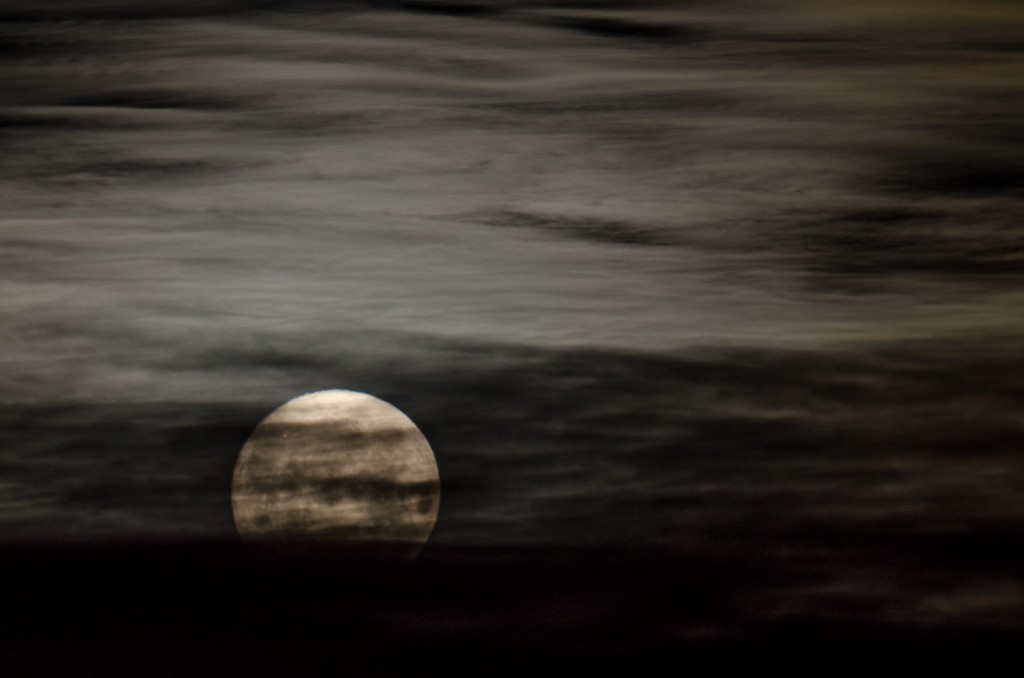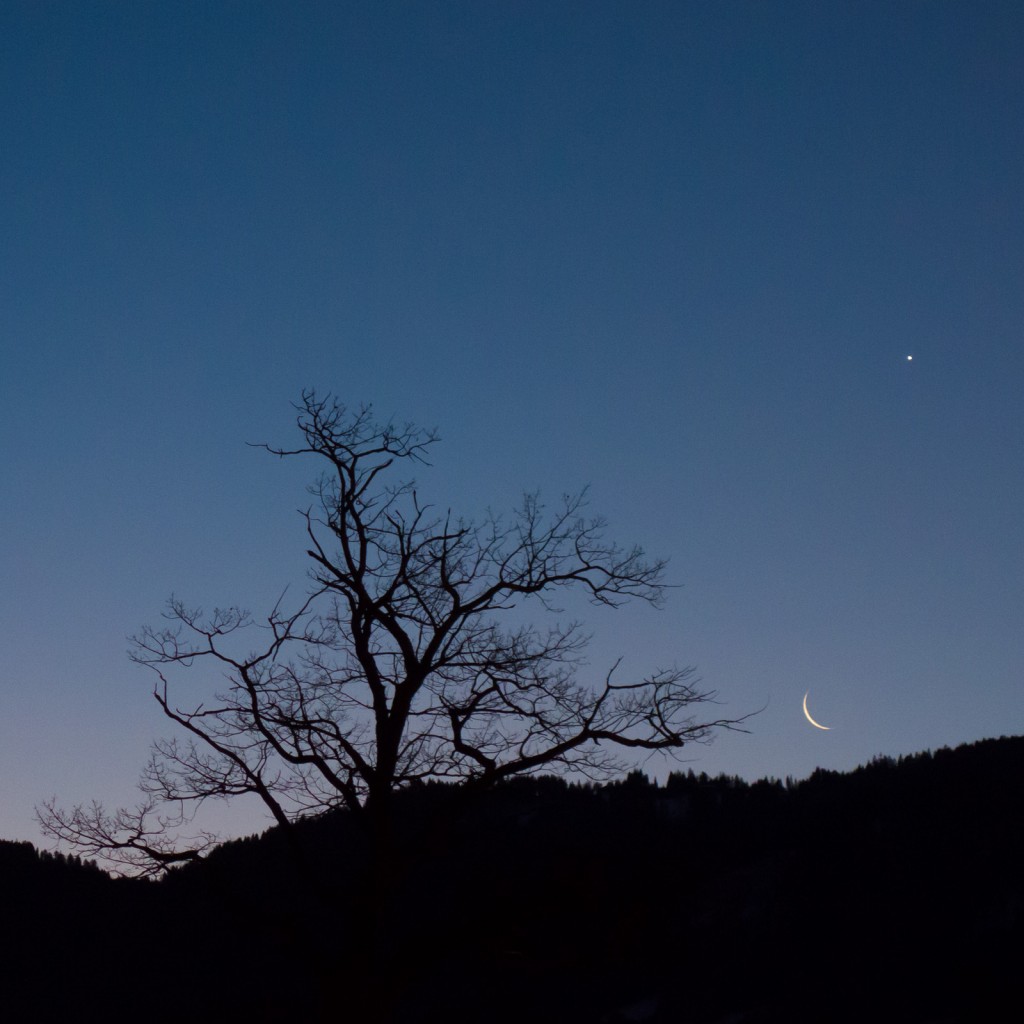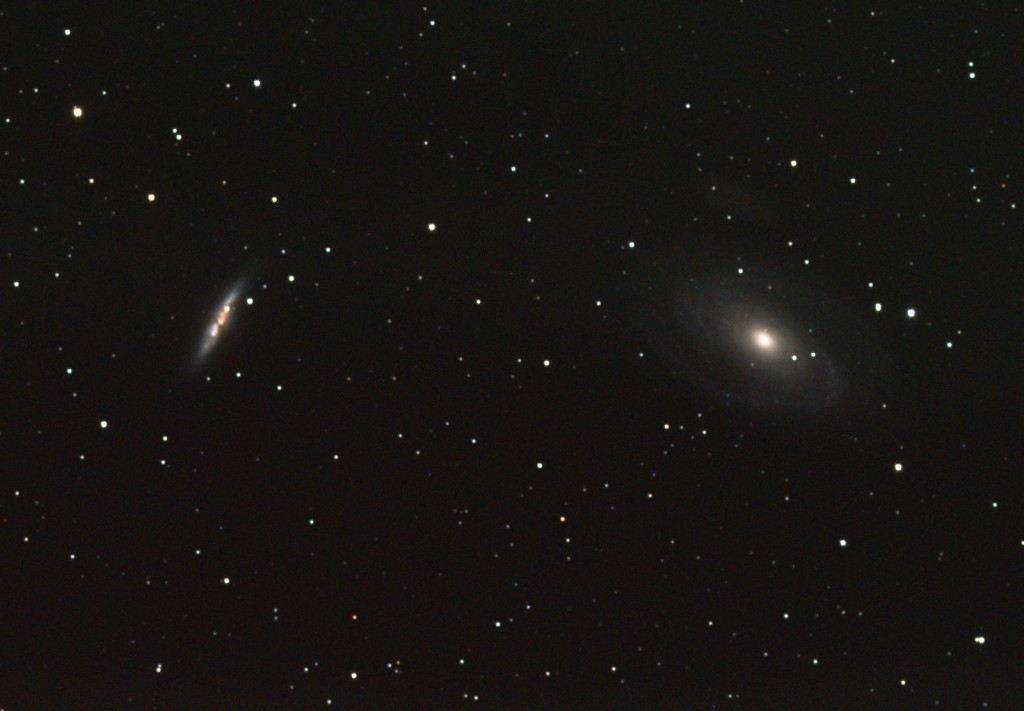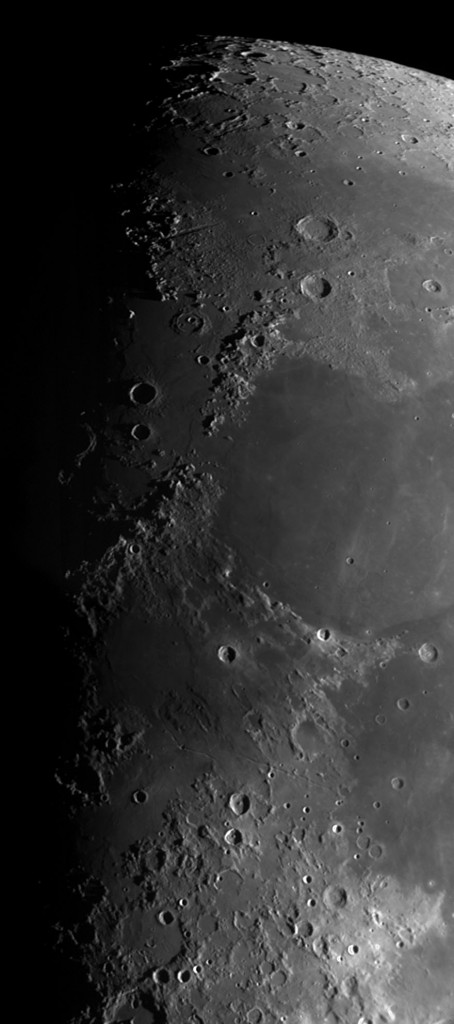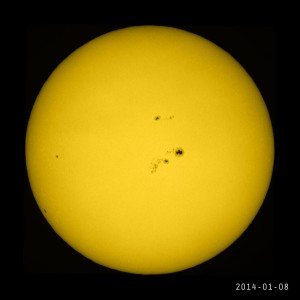Last night I did some last tests in preparation for upcoming travel.
Category Archives: astrophotography
Active Sun
 Not only the number of sunspots increases during solar maximum, also the location of the sunspots changes. From the beginning of a solar cycle (at the minimum) the location of the sunspots change from higher solar latitudes to lower solar latitudes at maximum. That means that at solar maximum the sunspots tend to group around the solar equator. The new solar cycle would be signified if a sunspot would appear nearer to the north or south solar pole. From the image below one can see that we are experiencing the solar maximum currently.
Not only the number of sunspots increases during solar maximum, also the location of the sunspots changes. From the beginning of a solar cycle (at the minimum) the location of the sunspots change from higher solar latitudes to lower solar latitudes at maximum. That means that at solar maximum the sunspots tend to group around the solar equator. The new solar cycle would be signified if a sunspot would appear nearer to the north or south solar pole. From the image below one can see that we are experiencing the solar maximum currently.
Full Moonset
Aristarchus and Marius Hills
The region around the bright crater Aristarchus is a favorite part of the moon for me.
This is a detail from the image below, the terracing on the inside of bright Aristarchus is sligthly visible. The Schröter Valley is a channel created by lava flows.
Clavius et. al.
Shortly after the first quarter the crater Clavius begins to emerge from the shadows:
Polarie first test
In preparation for an upcoming trip I am doing some equipment tests to prepare for the opportunity to observe from a dark sky.
It turns out even with the very rough polar alignment that is possible with the built-in peephole of the Polaire tracking mount 30 second exposures are possible with 180mm focal length on an APS-C camera:
3 x 30s – f/4 – ISO 1600, no darks, no flats, stacked with DeepSky Stacker, Nikon AF Nikkor 180mm f/2.8, Nikon D7000
This is the ful frame:
detail of the image above: Read More
Moon and Venus
Supernova in M82!
Last week a group of students from London discoverd a Supernova in the nearby galaxy M82 (in this case, nearby means 12 million lightyears…)
Professional search programs missed the supernova as the automatic detection programs ruled it out because it was too bright. M82 is part of the bright M81 & M82 galaxy pair.
Today I had the chance to take a picture of it:
January Moon
A partial mosaic of the lunar terminator:
